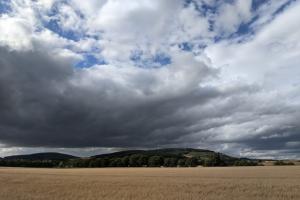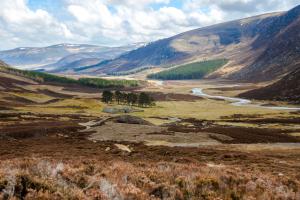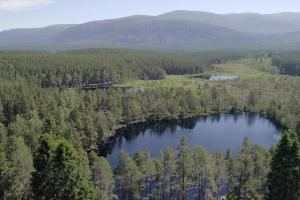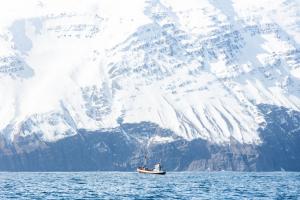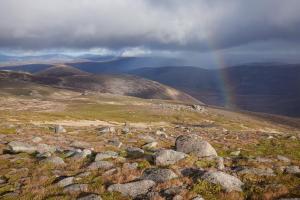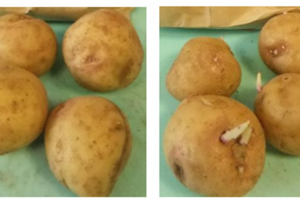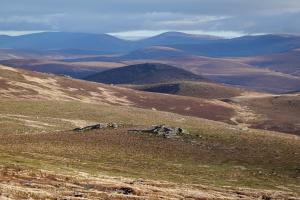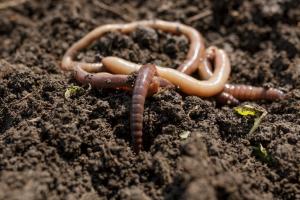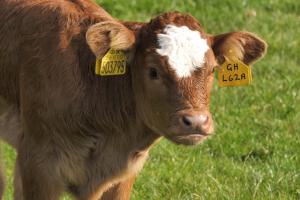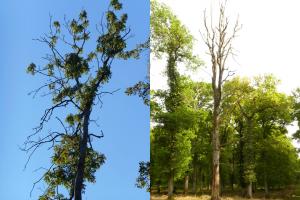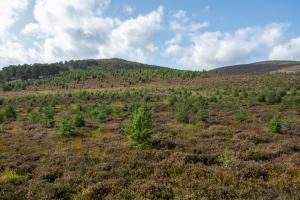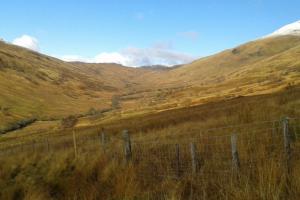28 Apr 2022
Assessing the impact of different management interventions on perceived woodland benefits
The importance of ecosystems and biodiversity to human well-being is now well established as they provide benefits such as timber, pollination and coastal protection.
19 Apr 2022
Net zero opportunities to mitigate agricultural emissions in the North East of Scotland
The Scottish Government has committed to legally binding targets to reduce greenhouse gas emissions to net-zero by 2045. This will require a reduction across all sectors of the economy.
8 Apr 2022
Can open science aid the sustainable transition? Collaborative intercrop research with farmers highlights opportunities for data and knowledge sharing
Scotland has ambitious strategies for biodiversity protection and climate action with the intention of achieving a greener, fairer and just future.
4 Apr 2022
Comparing Biodiversity Predictions by People and Computer Models for Woodland Management
Combining local, contextualised knowledge with generalised, scientific knowledge is seen as best practice in decision making for biodiversity management. However, there is the potential for conflict if these two knowledges do not concur.
1 Apr 2022
Going underground: testing the potential of citizen science and DNA to explore alpine soil biodiversity
Soil biodiversity is critical to ecosystem functioning, but our understanding of the richness and distribution of soil organisms lags far behind that of biodiversity above ground.
22 Mar 2022
Anthelmintics and the Environment – opening a whole can of worms?
A SEFARI Specialist Advisory Group was established in response to concerns from livestock farmers and agro-ecologists about the adverse environmental impacts of some frontline livestock worming treatments, which reach the environment either in the dung/urine of treated animals or as a result of inappropriate disposa
14 Dec 2021
Exploring the potential of spatially referenced data to support the evolution of land-based policy in Scotland
The way we manage land and plan land-use change plays an integral role in the efforts for meeting climatic targets and for mitigating and adapting to climate change impacts.
7 Dec 2021
Nature-based Solutions – how should we plan and evaluate them?
Nature-based Solutions (NbS) have been defined many times, but these definitions can be summarised as “solutions to societal challenges that are inspired and supported by nature”.
11 Oct 2021
Food and Drink Innovation and Clustering in Scotland’s Highlands and Islands: review of opportunities for engagement with the Arctic Region
This preliminary research explored food and drink innovation and clustering in Scotland’s Highlands and Islands and reviewed potential opportunities for engagement with partners in the Arctic region.
5 Oct 2021
Mountain heights, hidden depths – biodiversity and carbon in Scotland’s alpine soils
The alpine zone supports some of Scotland’s most natural habitats. Complex topography interacts with snow cover and climate to create gradients in water availability and temperature, resulting in a mosaic of plant communities variously dominated by dwarf-shrubs, grasses, or mosses.
9 Sep 2021
Potato tuber development and quality: Why do some potato varieties sprout more than others?
Potato (Solanum tuberosum L.) is one of the world's most economically important food crops and holds major significance for future food security.
31 Aug 2021
High and dry - Drought resilience in alpine vegetation and soils
The alpine zone supports some of our most natural habitats and provides ecosystem services including carbon storage, nutrient cycling and water quality.
29 Jul 2021
Ecosystem resilience – Racomitrium heath
Racomitrium heath is a moss-dominated alpine habitat which is widespread and covers extensive areas in oceanic alpine regions. It is important for the rare bird species that it supports, and the ecosystem services it provides, including carbon storage and regulation of water quality.
5 Jul 2021
Does lime application to pastures offer win-win benefits for food production and biodiversity?
In the UK the addition of lime to agricultural land was strongly encouraged by Government subsidy payments to farmers, but since subsidies ceased in the late 1970’s the application of lime has declined with subsequent acidification of many soils.
25 Jun 2021
3D RNA-seq App improves large scale experimental data analysis – tools and training
High throughput sequencing is a powerful tool used to rapidly obtain information about nucleic acids and this can increase our understanding of the biology of a cell and assess changes that may indicate disease.
9 Jun 2021
Major weight loss in pregnant cows harms the development of their calves
Body condition scoring is a rapid way to assess fat coverage of livestock. In cattle it is scored on a 1 (lean) to 5 (obese) scale. Scottish beef cows typically gain body condition when grazing and lose some of this condition during the winter before calving in the spring.
20 May 2021
Ecological Resilience – woodlands and tree pests/pathogens
Risk assessments of plant pests/pathogens rarely account for potential impacts on biodiversity associated with the affected host.
10 May 2021
Ecosystem resilience – woodland establishment on heather moorland and carbon budgets
Woodland expansion is a key part of the Scottish and Westminster Governments’ plans to meet net zero carbon emission targets by 2045 and 2050 respectively. Here, we use replicated experiments to study the changes that occurred on heather dominated moorland when birch and Scots pine were planted.
27 Apr 2021
Should we graze the uplands of Scotland?
The continued grazing of the uplands is contentious as the goals of rewilding and farming/crofting often appear in conflict. Any changes to land use will result in cascading impacts through ecosystems, and decisions about land-use need to be informed by data to show that benefits will exceed the disbenefits.

